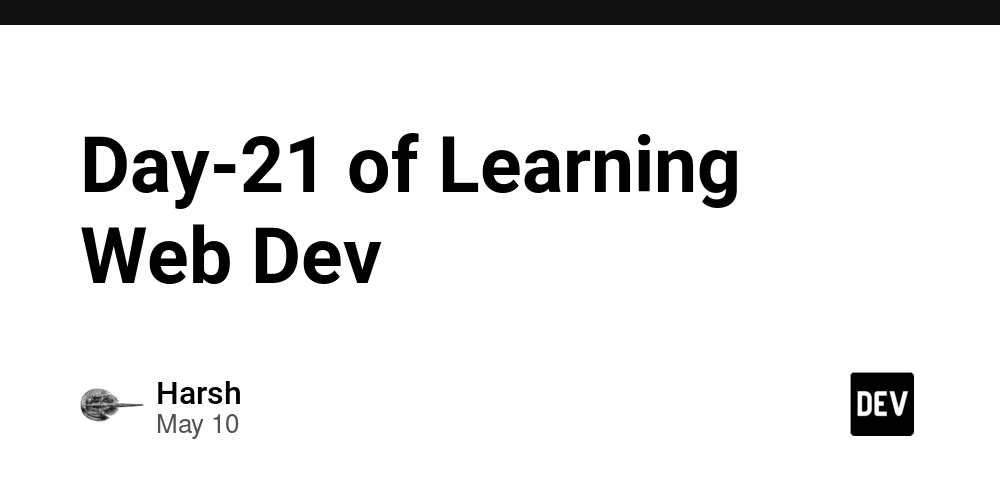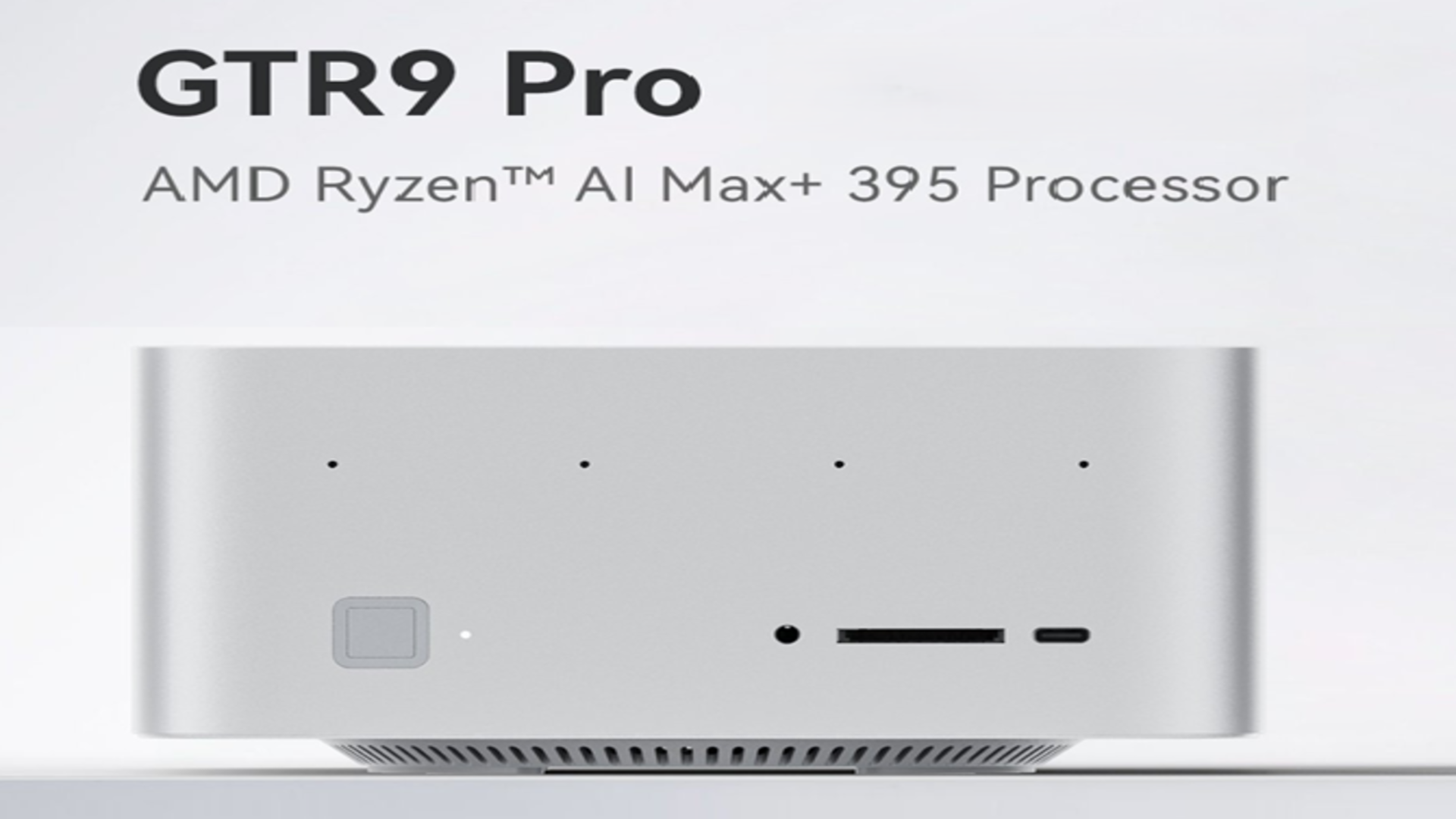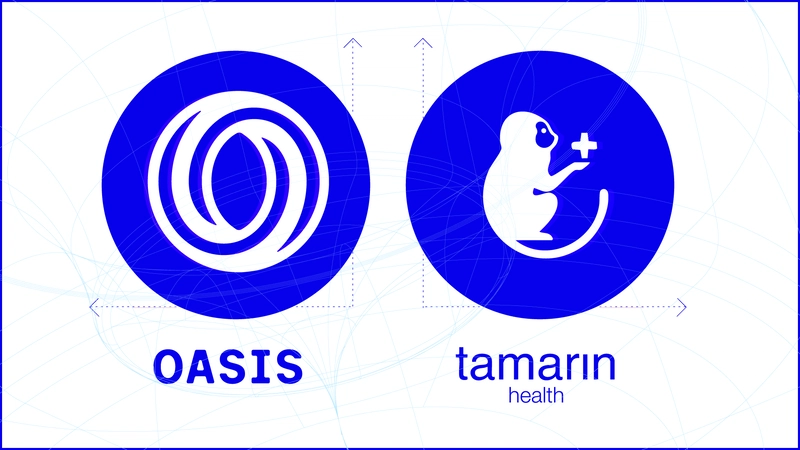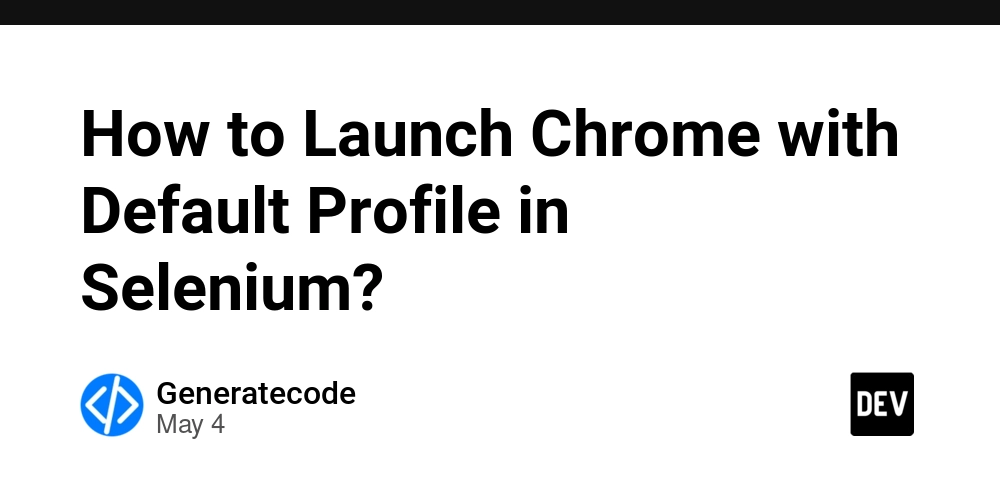Empowering Agentic AI: The Symbiotic Power of Microsoft Fabric and Azure AI Foundry
The era of Artificial Intelligence is no longer just about predictive models or chatbots that follow rigid scripts. We're rapidly moving towards Agentic AI – intelligent systems capable of autonomous reasoning, planning, tool usage, and learning to achieve complex goals. These aren't just algorithms; they are digital collaborators, problem-solvers, and innovators. But building robust, scalable, and truly agentic AI systems is a monumental task. It requires a seamless interplay between vast amounts of data, powerful foundational models, sophisticated orchestration, and rigorous MLOps practices. This is where the groundbreaking integration of Microsoft Fabric and Azure AI Foundry steps in, offering a unified and potent platform to bring agentic AI visions to life. As highlighted in Microsoft's recent announcement (referencing the blog post you provided), this combination isn't just an incremental improvement; it's a paradigm shift in how we approach AI development. Let's dive deep into why this integration is a game-changer for empowering the next generation of AI. What Exactly is Agentic AI? Before we explore the "how," let's clarify the "what." Agentic AI systems are characterized by: Autonomy: They can operate independently to achieve specified goals without constant human intervention. Goal-Orientation: They are designed to pursue and achieve specific objectives. Reasoning & Planning: They can break down complex goals into smaller, manageable steps, and adapt their plans based on new information or changing environments. Tool Usage (Function Calling): They can leverage external tools, APIs, databases, or even other AI models to gather information or perform actions. Learning & Adaptation: They can improve their performance over time through experience and feedback. Memory: They can maintain context over extended interactions and recall relevant information from past experiences or knowledge bases. Think of a sophisticated research assistant that can understand a complex query, scour multiple databases and web sources, synthesize information, generate a report, and even schedule a follow-up meeting to discuss findings. That’s the power of agentic AI. The Dual Challenge: Data Foundations and AI Orchestration Building such sophisticated agents presents two core challenges: The Data Foundation Challenge: Agentic AI, especially when leveraging techniques like Retrieval Augmented Generation (RAG), thrives on high-quality, accessible, and up-to-date data. Siloed data, complex data pipelines, and difficulties in managing data for training, fine-tuning, and real-time inference can cripple an AI agent's effectiveness. The AI Model & Orchestration Challenge: Developing the "brain" of the agent involves selecting or fine-tuning powerful foundational models (LLMs), integrating them with tools, and orchestrating complex workflows. This requires specialized AI tools, frameworks, and expertise. Traditionally, addressing these challenges meant stitching together disparate tools and platforms, leading to friction, complexity, and slower development cycles. Microsoft Fabric: The Unified Data Foundation for AI Microsoft Fabric emerges as the answer to the data foundation challenge. It's an end-to-end, unified analytics platform that brings together all the data and analytics tools organizations need. Key aspects relevant to agentic AI include: OneLake: A single, unified, SaaS data lake for the entire organization. This eliminates data silos and provides a consistent data store for all analytics and AI workloads. For agentic AI, OneLake becomes the trusted source for training data, knowledge bases for RAG, and operational data for real-time decision-making. Integrated Data Engineering & Science: Fabric offers robust tools for data ingestion, preparation, and transformation (Data Factory, Data Engineering workloads) and for model development and training (Data Science workloads with Notebooks, Spark, and integrated MLflow). This means data scientists and AI engineers can work on the same platform, using the same data, streamlining the journey from raw data to AI-ready insights. DirectLake Mode: This allows Power BI (and other tools) to directly query data in OneLake without needing to import or duplicate it, providing blazing-fast access to the most current data – crucial for agents that need to react to real-time information. Real-time Analytics: Fabric's KQL DB and Eventstream capabilities allow agents to ingest, process, and act upon streaming data, enabling truly dynamic and responsive behavior. In essence, Fabric provides the clean, governed, and accessible data that agentic AI needs to be intelligent, informed, and effective. It’s the bedrock upon which sophisticated AI agents can be built and reliably operated. Azure AI Foundry: Crafting the Agent's Intelligence While Fabric lays the data groundwork, Azure AI Foundry (part of Azure AI Studio)

The era of Artificial Intelligence is no longer just about predictive models or chatbots that follow rigid scripts. We're rapidly moving towards Agentic AI – intelligent systems capable of autonomous reasoning, planning, tool usage, and learning to achieve complex goals. These aren't just algorithms; they are digital collaborators, problem-solvers, and innovators.
But building robust, scalable, and truly agentic AI systems is a monumental task. It requires a seamless interplay between vast amounts of data, powerful foundational models, sophisticated orchestration, and rigorous MLOps practices. This is where the groundbreaking integration of Microsoft Fabric and Azure AI Foundry steps in, offering a unified and potent platform to bring agentic AI visions to life.
As highlighted in Microsoft's recent announcement (referencing the blog post you provided), this combination isn't just an incremental improvement; it's a paradigm shift in how we approach AI development. Let's dive deep into why this integration is a game-changer for empowering the next generation of AI.
What Exactly is Agentic AI?
Before we explore the "how," let's clarify the "what." Agentic AI systems are characterized by:
- Autonomy: They can operate independently to achieve specified goals without constant human intervention.
- Goal-Orientation: They are designed to pursue and achieve specific objectives.
- Reasoning & Planning: They can break down complex goals into smaller, manageable steps, and adapt their plans based on new information or changing environments.
- Tool Usage (Function Calling): They can leverage external tools, APIs, databases, or even other AI models to gather information or perform actions.
- Learning & Adaptation: They can improve their performance over time through experience and feedback.
- Memory: They can maintain context over extended interactions and recall relevant information from past experiences or knowledge bases.
Think of a sophisticated research assistant that can understand a complex query, scour multiple databases and web sources, synthesize information, generate a report, and even schedule a follow-up meeting to discuss findings. That’s the power of agentic AI.
The Dual Challenge: Data Foundations and AI Orchestration
Building such sophisticated agents presents two core challenges:
- The Data Foundation Challenge: Agentic AI, especially when leveraging techniques like Retrieval Augmented Generation (RAG), thrives on high-quality, accessible, and up-to-date data. Siloed data, complex data pipelines, and difficulties in managing data for training, fine-tuning, and real-time inference can cripple an AI agent's effectiveness.
- The AI Model & Orchestration Challenge: Developing the "brain" of the agent involves selecting or fine-tuning powerful foundational models (LLMs), integrating them with tools, and orchestrating complex workflows. This requires specialized AI tools, frameworks, and expertise.
Traditionally, addressing these challenges meant stitching together disparate tools and platforms, leading to friction, complexity, and slower development cycles.
Microsoft Fabric: The Unified Data Foundation for AI
Microsoft Fabric emerges as the answer to the data foundation challenge. It's an end-to-end, unified analytics platform that brings together all the data and analytics tools organizations need. Key aspects relevant to agentic AI include:
- OneLake: A single, unified, SaaS data lake for the entire organization. This eliminates data silos and provides a consistent data store for all analytics and AI workloads. For agentic AI, OneLake becomes the trusted source for training data, knowledge bases for RAG, and operational data for real-time decision-making.
- Integrated Data Engineering & Science: Fabric offers robust tools for data ingestion, preparation, and transformation (Data Factory, Data Engineering workloads) and for model development and training (Data Science workloads with Notebooks, Spark, and integrated MLflow). This means data scientists and AI engineers can work on the same platform, using the same data, streamlining the journey from raw data to AI-ready insights.
- DirectLake Mode: This allows Power BI (and other tools) to directly query data in OneLake without needing to import or duplicate it, providing blazing-fast access to the most current data – crucial for agents that need to react to real-time information.
- Real-time Analytics: Fabric's KQL DB and Eventstream capabilities allow agents to ingest, process, and act upon streaming data, enabling truly dynamic and responsive behavior.
In essence, Fabric provides the clean, governed, and accessible data that agentic AI needs to be intelligent, informed, and effective. It’s the bedrock upon which sophisticated AI agents can be built and reliably operated.
Azure AI Foundry: Crafting the Agent's Intelligence
While Fabric lays the data groundwork, Azure AI Foundry (part of Azure AI Studio) provides the specialized tools and services to build, customize, and orchestrate the AI agents themselves. It’s a pro-code environment designed for AI developers and data scientists. Key contributions include:
- Access to State-of-the-Art Foundational Models: AI Foundry offers a catalog of powerful pre-trained models, including those from OpenAI (GPT-4, GPT-3.5-Turbo), Meta (Llama family), Hugging Face, and Microsoft's own models. This gives developers a massive head start.
- Model Customization:
- Fine-tuning: Developers can adapt these foundational models to specific domains or tasks using their own data (often curated and prepared in Fabric).
- Retrieval Augmented Generation (RAG): This is a cornerstone of many agentic systems. AI Foundry simplifies grounding LLMs in your organization's specific data (residing in OneLake via Fabric). The agent can then retrieve relevant information from this data to generate more accurate, context-aware, and trustworthy responses.
- Prompt Engineering & Flow Orchestration: Tools like Prompt Flow allow developers to visually design, evaluate, and deploy complex AI workflows. This is where the "agentic" behavior is defined – how the LLM interacts with tools (function calling), makes decisions, and sequences actions. Frameworks like Semantic Kernel and LangChain are often leveraged here.
- Evaluation and Responsible AI: AI Foundry provides tools for rigorously evaluating agent performance and for implementing Responsible AI principles (fairness, reliability, safety, privacy, security, transparency, and inclusiveness).
Azure AI Foundry is where the "mind" of the agent is forged, enabling it to reason, plan, and interact intelligently.
The Magic is in the Integration: Fabric + AI Foundry = Empowered Agents
The true power emerges when Fabric and AI Foundry work in concert. This integration creates a virtuous cycle for developing and deploying agentic AI:
-
Data Ingestion & Preparation (Fabric):
- Structured and unstructured data from various sources (databases, APIs, documents, IoT streams) is ingested into OneLake using Fabric's Data Factory or Eventstream.
- Data is cleansed, transformed, and enriched using Fabric's Spark-based Data Engineering capabilities or KQL. This curated data is now AI-ready.
-
Model Customization & Agent Design (AI Foundry using Fabric Data):
- RAG: AI Foundry connects to data in Fabric's OneLake (e.g., via Azure AI Search indexing OneLake data) to provide contextual information to LLMs. An agent can query product specifications, customer history, or internal documentation stored in OneLake.
- Fine-tuning: Custom datasets prepared and stored in OneLake can be used to fine-tune foundational models in AI Foundry for specialized tasks.
- Orchestration: Prompt Flow or Semantic Kernel in AI Foundry orchestrates the agent's logic. This logic might involve:
- Accessing real-time data from Fabric's KQL DB.
- Calling custom models trained in Fabric.
- Triggering actions that write data back to OneLake.
-
Deployment & Operationalization (Fabric & Azure AI):
- The agent, or its constituent AI models, can be deployed as scalable endpoints using Azure Machine Learning (which AI Foundry is built upon).
- Fabric can then call these agentic endpoints, for example, within a Power BI report to provide natural language insights, or in a Data Factory pipeline to automate complex decision-making.
- Real-time data flowing through Fabric can trigger agent actions, creating a responsive system.
-
Monitoring, Governance & Iteration (Fabric & Azure AI):
- Fabric's monitoring capabilities can track data quality and pipeline health.
- Azure AI Studio provides tools to monitor model performance, drift, and responsible AI metrics.
- Interaction logs and agent performance data can be fed back into OneLake. This data can then be used to analyze agent behavior, identify areas for improvement, and retrain or refine the agent in AI Foundry, creating a continuous improvement loop.
- Fabric's Purview integration ensures data governance and lineage, critical for understanding how data influences agent behavior.
A Practical Scenario: The "Smart Manufacturing Assistant"
Imagine an agentic AI assistant for a manufacturing plant manager:
- Fabric:
- Ingests real-time sensor data from machines (Eventstream/KQL DB).
- Stores historical production data, maintenance logs, and supply chain information in OneLake.
- Hosts custom ML models for predictive maintenance (trained in Fabric).
- AI Foundry:
- Develops an LLM-based agent.
- The agent is grounded (RAG) on maintenance manuals and SOPs stored in OneLake.
- It uses function calling to:
- Query Fabric's KQL DB for current machine status.
- Invoke the predictive maintenance model in Fabric.
- Access supplier information from OneLake.
- Interaction:
- Manager: "What's the status of Line 3, and are there any predicted issues?"
- Agent: (Queries Fabric KQL DB & predictive model) "Line 3 is operating at 95% efficiency. However, there's a 70% chance of a bearing failure in Unit 2 within the next 48 hours. (Accesses OneLake for SOPs) The recommended action is to schedule maintenance. (Accesses supplier data) Part XYZ is in stock with Supplier A."
- The agent could even draft a maintenance order or alert the relevant team.
This level of sophisticated, data-driven, autonomous assistance is now within reach.
Key Benefits of the Fabric + AI Foundry Integration
- Accelerated Development: Unified data platform and specialized AI tools reduce friction and speed up the end-to-end development lifecycle.
- More Powerful & Context-Aware Agents: Easy access to comprehensive, up-to-date organizational data via Fabric (especially for RAG) makes agents significantly smarter and more relevant.
- Scalability & Reliability: Leverage the robust, scalable infrastructure of Azure for both data processing (Fabric) and AI model serving (Azure AI).
- End-to-End MLOps & Governance: From data ingestion to agent monitoring, the integration facilitates a complete lifecycle management approach with built-in governance.
- Democratization of Agentic AI: While still requiring expertise, this integrated platform lowers the barrier to entry for building sophisticated AI agents.
- Responsible AI by Design: Leverage Azure AI's built-in tools for fairness, transparency, and accountability in your agentic systems.
The Future is Agentic, and It's Built on Integration
The journey towards truly intelligent, autonomous AI systems is accelerating. The combination of Microsoft Fabric's unparalleled data unification and management capabilities with Azure AI Foundry's cutting-edge tools for building and orchestrating LLM-powered agents represents a pivotal moment.
This isn't just about connecting two products; it's about creating a cohesive ecosystem where data seamlessly fuels intelligence, and intelligence can easily access and act upon data. For developers, data scientists, and organizations looking to harness the transformative power of agentic AI, this integrated platform offers the foundation for innovation, efficiency, and building the intelligent applications of tomorrow.
The future of AI is agentic, and with Microsoft Fabric and Azure AI Foundry, the tools to build that future are here.
What are your thoughts on this integration? Are you already exploring agentic AI? Share your experiences and insights in the comments below!










































































































































































![[The AI Show Episode 146]: Rise of “AI-First” Companies, AI Job Disruption, GPT-4o Update Gets Rolled Back, How Big Consulting Firms Use AI, and Meta AI App](https://www.marketingaiinstitute.com/hubfs/ep%20146%20cover.png)




























































































































![[FREE EBOOKS] Offensive Security Using Python, Learn Computer Forensics — 2nd edition & Four More Best Selling Titles](https://www.javacodegeeks.com/wp-content/uploads/2012/12/jcg-logo.jpg)



![Ditching a Microsoft Job to Enter Startup Purgatory with Lonewolf Engineer Sam Crombie [Podcast #171]](https://cdn.hashnode.com/res/hashnode/image/upload/v1746753508177/0cd57f66-fdb0-4972-b285-1443a7db39fc.png?#)































































































































































































































-xl.jpg)


























![Beats Studio Buds + On Sale for $99.95 [Lowest Price Ever]](https://www.iclarified.com/images/news/96983/96983/96983-640.jpg)

![New iPad 11 (A16) On Sale for Just $277.78! [Lowest Price Ever]](https://www.iclarified.com/images/news/97273/97273/97273-640.jpg)








































![Apple's 11th Gen iPad Drops to New Low Price of $277.78 on Amazon [Updated]](https://images.macrumors.com/t/yQCVe42SNCzUyF04yj1XYLHG5FM=/2500x/article-new/2025/03/11th-gen-ipad-orange.jpeg)



![[Exclusive] Infinix GT DynaVue: a Prototype that could change everything!](https://www.gizchina.com/wp-content/uploads/images/2025/05/Screen-Shot-2025-05-10-at-16.07.40-PM-copy.png)




![T-Mobile discontinues a free number feature but a paid alternative exists [UPDATED]](https://m-cdn.phonearena.com/images/article/170235-two/T-Mobile-discontinues-a-free-number-feature-but-a-paid-alternative-exists-UPDATED.jpg?#)



















































